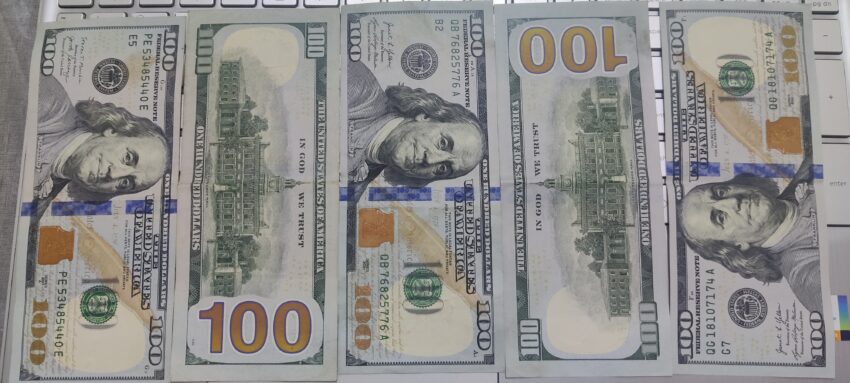Profit vs Cash Flow – “There’s Profit on Paper, But Where’s the Cash?”
This blog is for everyone in the finance or accounting field—just like me—who has heard this from their boss:
“Your balance sheet shows good profit, but there’s no cash in hand or in the bank. What’s going on?”
I’m sure there are thousands of employees like me who’ve had to answer this tough question. That’s when I thought: this needs to be explained properly.
Accounting Profit vs Cash Flow – What’s the Difference?
Let’s start with the basics.
Accounting Profit is the number shown in the books, on an accrual basis, meaning income is recorded even if the cash hasn’t been received yet.
Cash Flow, on the other hand, is the actual movement of money on a cash basis. It shows how much money came in or went out of your bank.
A Simple Example:
Imagine a company sells goods that cost $50,000 for $65,000—earning a 30% profit, or $15,000.
On paper, the boss sees the profit and says, “Great job!”
But here’s the truth: the sale was on credit, and the debtors haven’t paid yet. So yes, the profit exists in the books, but the actual cash hasn’t arrived.
This is the main difference between profit and cash—profit is reported, but cash is delayed. And that delay can drive any boss crazy.
https://thelifehints.com/a-day-in-my-life-as-an-accountant-and-hr-in-kinshasa/
Why There’s Profit But No Cash – Common Reasons
1. High Accounts Receivable:
You sold on credit, but the money is stuck with the customers. The profit is there, but cash is locked in the market.
2. Excessive Inventory Purchase:
Sometimes we keep buying more stock even while selling. This shows profit, but a lot of cash is blocked in inventory.
3. Buying New Assets:
You made a profit, but then you bought new equipment or assets. So, the profit appears in the accounts, but your cash balance remains low.
https://thelifehints.com/challenging-friday-kinshasa-work-life/
Real-Life Example from My Work
Last month, our company showed a $20,000 profit, but when we checked our actual cash, there was only $5,000 in hand.
We analyzed the situation and found:
$8,000 was still pending from customers (receivables).
The rest of the money was used to open a new branch.
That’s when the boss said: “The profit looks great—but we’re short on cash!”
Cash Flow Statement – The Real Picture
A cash flow statement shows the actual financial health of the business. It breaks everything down into:
Operating activities – daily expenses and earnings.
Investing activities – like buying equipment or property.
Financing activities – such as loans, repayments, etc.
For accountants, the cash flow statement is like a final check—if the cash in hand matches the entries, the work is accurate.
Without this statement, your accounting is incomplete.
https://thelifehints.com/apple-launched-an-iphone-16e-at-a-reasonable-price/
Track Cash, Not Just Profit
In today’s business environment, tracking cash is more important than just looking at profit.
Here are 3 simple tips I follow:
1. Follow Up on Receivables:
Most receivables have 30-day terms, but customers often delay. Regular follow-ups are necessary—only then will you see actual cash.
2. Control Expenses:
Fixed daily expenses are fine, but avoid unnecessary spending. If something can be done in $50 instead of $100, go for it. Every small saving matters.
3. Plan Payments in Advance:
Let’s say you have cash now, but suddenly your creditors start demanding payments. You’ll feel stuck—whom to pay and how to keep some cash safe?
That’s why advance payment planning is essential—so that you can pay your dues and still have cash in hand.
Conclusion – Business Doesn’t Run on Profit Alone
Making profit is important. But having cash is even more important.
A business doesn’t run on invoices—it runs on real money.
If you only focus on profit, you might see good numbers in your books, but struggle with everyday challenges because you won’t have the cash to operate.
And without enough cash, growing your company or taking it to the next level becomes very difficult.
So the next time someone says, “Your profit looks great,” you can confidently respond:
“Yes, but let’s also check how much cash we actually have.”


I could not refrain from commenting. Exceptionally well written!